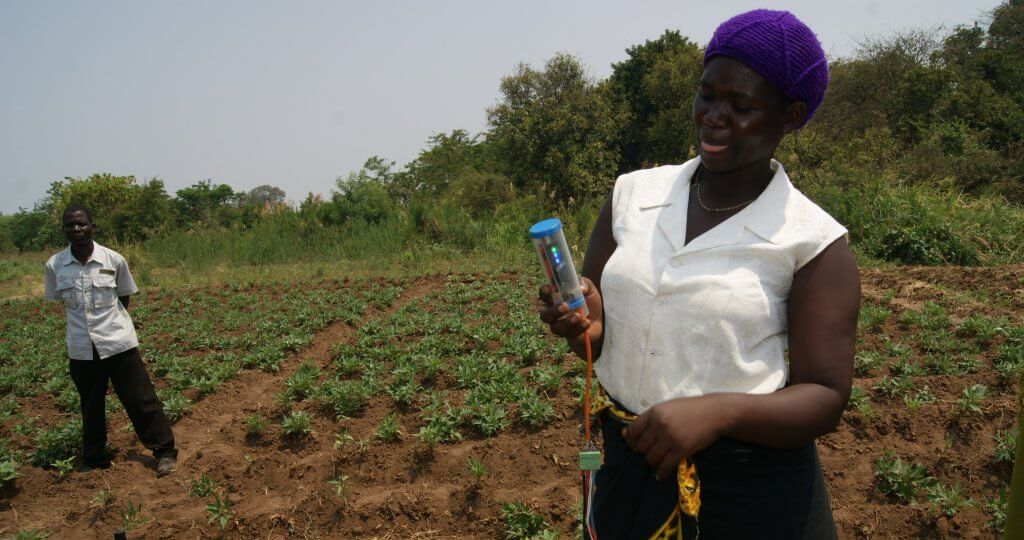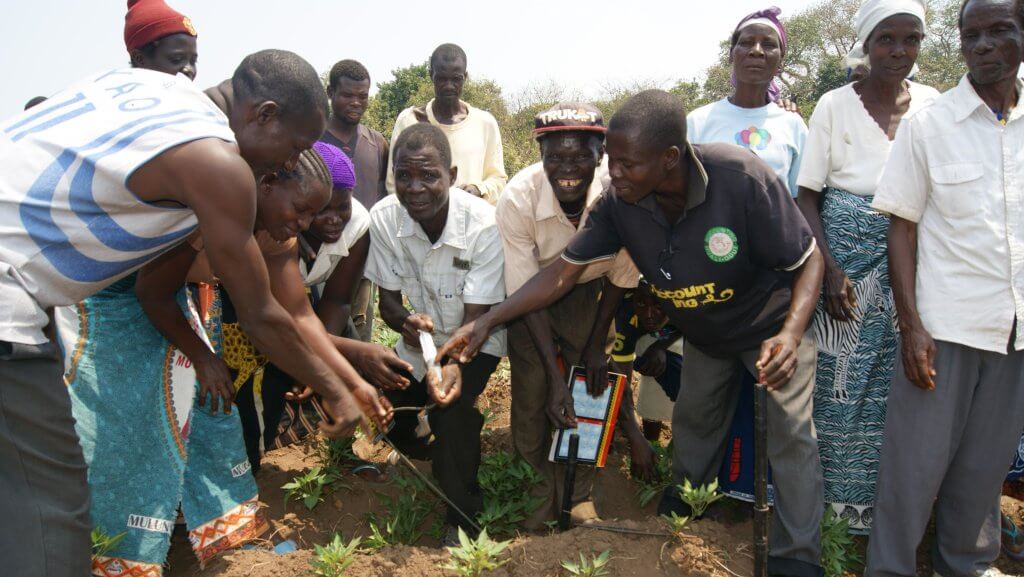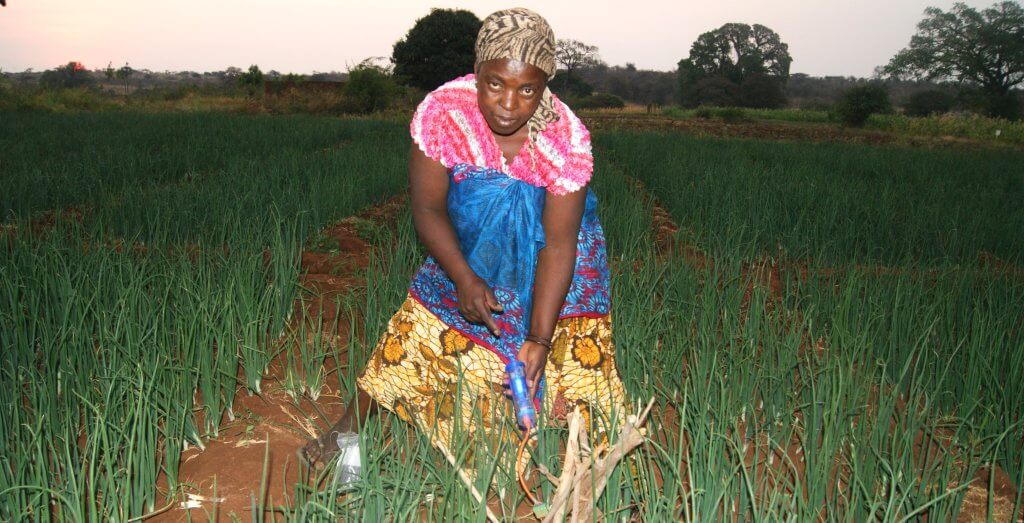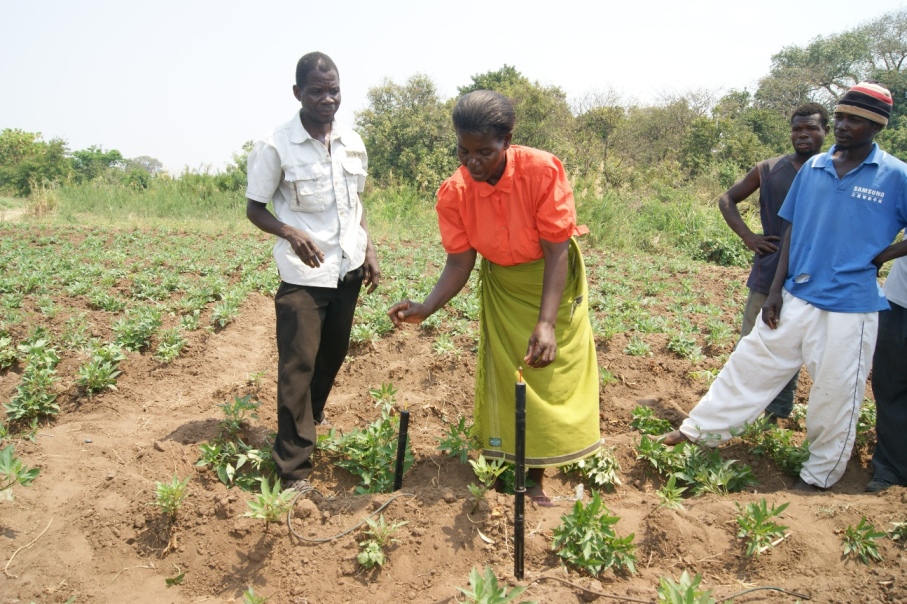Scaling up Virtual Irrigation Academy in Eastern and Central Africa
It is widely recognized that the provision of irrigation can help millions of smallholder farmers intensively cultivate their small parcels to improve income and better cope with climate induced uncertainties. However, the irrigation coverage in East and Central Africa is significantly lower than the global average. For instance, in sub-Saharan Africa, less than 5% of the cultivated land is irrigated, compared to a global average of about 20%. The challenges facing uptake of irrigation in Eastern and central Africa include water scarcity, high costs of irrigation equipment, and lack of technical knowledge.

However, there are significant opportunities to enhance irrigation use through capacity building, and the development of climate-resilient irrigation systems. Having successfully coordinated the Virtual Irrigation Academy (VIA) Project Phase-1 from 2015 to 2019, the Association for Strengthening Agricultural Research in Eastern and Central Africa (ASARECA) continued its coordination role of the VIA Project Phase-2 until 2023.
ASARECA seeks to spread benefits
ASARECA is now poised to scale-up this innovative project starting in 2024 across Eastern and Central Africa, with funding support from the Accelerating Impacts of CGIAR Climate Research in Africa (https://aiccra.cgiar.org/) project that is working with partners across Africa to provide access to—and enable the use of—enhanced climate information services and validated technologies and practices for climate-smart agriculture for millions of smallholder farmers.

The innovative VIA project has been implemented in Malawi and Tanzania, where it has demonstrated significant success. In Malawi, the Department of Agricultural Research Services (DARS), in collaboration with the Department of Irrigation (DoI), led the implementation. In Tanzania, the National Irrigation Commission collaborated with Arusha Technical College to execute the project where VIA played several crucial roles that include:
- Daily Data Capture: Physical data is collected daily from irrigation schemes, allowing project and country leaders to understand the situation on the ground and mentor extension workers accordingly.
- Dialogue Capture: The project captures interactions between farmers, extension workers, and scientists to analyze how learning occurs within these groups.
- Training Resources: VIA provides training resources, including videos on equipment installation and maintenance, data interpretation, and success story documentation to be shared with other farmers in the project countries.

The VIA monitoring tools are designed to align with the farmers’ mental models, providing outputs linked to actionable steps. For instance, soil water suction, nitrate concentration, and salinity levels are represented by colours indicating action thresholds rather than complex numerical data. This approach promotes inclusivity, especially among women and girls with lower literacy levels.
The significant activities and outputs of VIA include (i) the project continuing to expand farmer participation and focus on deriving information analytics from an expanding crop database; and (ii) new ways to display water-related information, connecting farmers, extension workers, researchers, and managers into a unified learning community.

Highlights of VIA phase-1
In Phase-1, the VIA project refined and tested tools that measure soil water, nitrate, and salt using colour thresholds for action. Tools like the Chameleon sensor array and reader, the Full Stop wetting front detector, the Chameleon conductivity meter, and nutrient colour test strips were introduced. The Chameleon reader, Wi-Fi enabled, ensures information accessibility for farmers in the field and uploads data to the cloud, visualized as colour patterns at via.farm. The phase-1 achievements include (i) Farmers in Tanzania and Malawi adopted these tools, leading to increased yields and reduced water usage; and (ii) Impacts extended beyond the project scale, reducing conflicts over water at the scheme level. Short video clips at via.farm/stories capture farmer experiences.

Highlights of VIA phase-2
Titled “From Water Monitoring to Learning to Governance,” Phase-2 was implemented in Malawi, Mozambique, and Zimbabwe. It evolved from monitoring water and solutes to a comprehensive water learning and governance platform addressing smallholder farmers’ needs and information deficits from the scheme to national levels. The following five components were enhanced:
- Tool and Platform Development: Ongoing development to enhance robustness, cost-effectiveness, and user-friendliness.
- Chameleon Production: Increase the capacity and reliability of the Chameleon production line in Africa.
- Scaling and Data Quality: Develop cost-effective ways to roll out the VIA and obtain quality-controlled field data.
- Data Analytics: Capture the value proposition for VIA’s five ‘clients’ – farmers, scheme managers, researchers, investors, and governments.
- Business Models: Create business models and organizational structures for delivering the VIA irrigation learning and governance platform.

Scaling out in Eastern and Central Africa
As ASARECA prepares to scale the VIA project, partnerships will be crucial in transforming irrigation practices and governance across Eastern and Central Africa, driving significant agricultural and social impact. The threefold partnerships model for Scaling VIA in Eastern and Central Africa will include:
- Scientific Nurturing: Nurture scientists to combine insights from research-based and experience-based learning modes.
- Government and Donor Linkages: Build strong links with government agencies responsible for irrigation schemes and donors providing investment funds.
- Enhancing Private Sector Capabilities: Establish private sector capabilities to form public-private-people partnerships for scaling the VIA post-phase-2.
